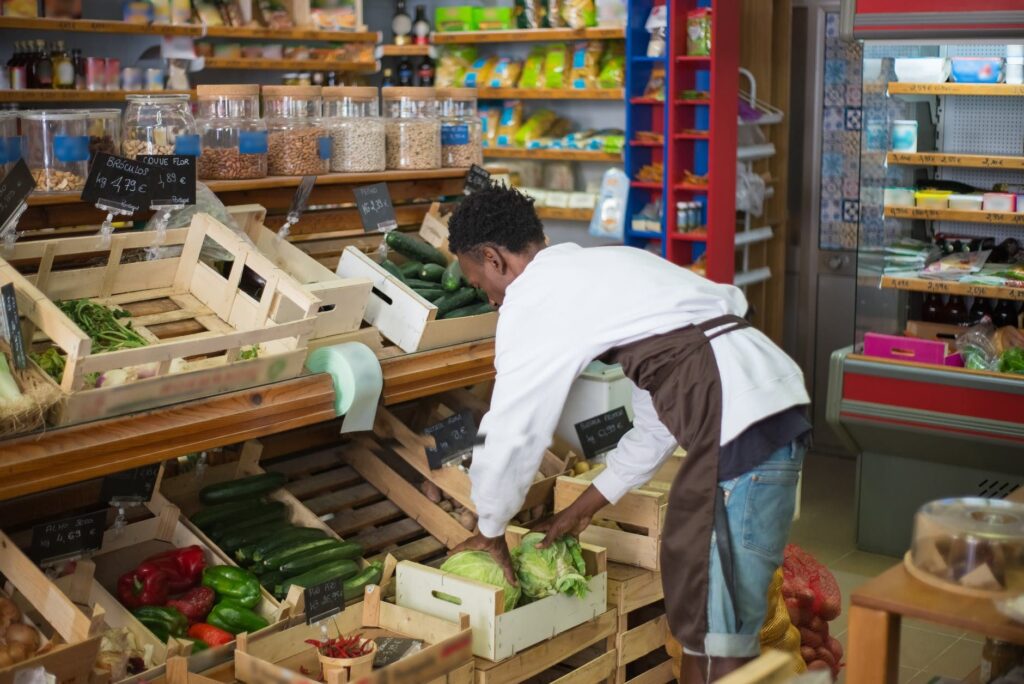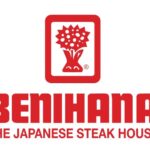Managing a restaurant business is all about food which makes the majority of inventory for a restaurant, the better you manage this inventory, the more success you would get in it. The best part of inventory management in restaurants is minimizing food waste and hence increasing profits, which starts with how much stock to order when to order it. Since, restaurants need to meet the customer demand, as well as a challenge of selling perishable food items that need to be sold before they get spoiled, the restaurant’s inventory management has to track food coming in from suppliers as it is used, lost or leftover.
In order to accomplish the best out of inventory management, a restaurant should have spreadsheets and manual counting, although inventory management software eases the process with more accuracy and better tracking of products. This software can also show important financial and performance data and re-order as well.
In simple words, an inventory for a food and beverage outlet would include all the physical items that would be needed to provide uninterrupted service to your customers. An example of inventory in the food and beverage service business would include food, dry foods, spices, liquor and beverages, cooking equipment, linens, and worker uniforms.

Benefits of Inventory Management in Restaurants
Restaurants are more likely to find long-term success if they practice inventory management effectively, as well as decrease food waste and loss, work with vendors, decrease the overall cost of goods, and keep customers happy.
- Increased profits – The majority of the net profits in a restaurant depends on the goods sold, and when inventory management decreases waste, it automatically lowers the cost of goods sold, ultimately increasing profit.
- Less food loss – usually 10% of food purchased by restaurants is wasted, as some restaurants buy too much food at once, hence it ends up getting split before being served to customers. Food inventory can minimize the food loss.
- Lower cost of goods – food costs in a restaurant are about 28% to 35% of the total cost, but there is food loss this rate goes up.
- Better vendor management – inventory management in restaurants can help in tracking their food supplies and purchases closely, allowing better management of purchases and payments to vendors.
- Automatic inventory supply – Restaurants can have an insight to their food supply levels if they follow inventory management, this system also creates an automatic process that can replenish food supplies to appropriate amounts thus avoiding waste.
- Satisfied customers – An effective inventory management can keep your customers happy and satisfied as you will have the necessary ingredients ready for all the dishes on the menu.
Steps to follow for an inventory management
Inventory can be taken differently depending on the size of the restaurant.
- Create a table – Inventory table should have 5 columns: item, unit of measurement, current count, unit price and total cost.
- List items – List all items in individual rows on the inventory table, grouping similar items together.
- Record the amount – Record the amount of each item according to the logical measurement to be used. Record buns by quantity of 6-bun packages.
- Record price – Unit price of each item in stock needs to be recorded in this column. This column helps you to get the current cost of that item.
- Determine cost – this is the total cost of the number of items present, got by multiplying the inventory count by unit by the price of that item.
- Use par inventory sheets – At par level is the minimum level of each item the owners would want to have of each item. A par inventory sheet tells you how much of an item the restaurant needs and when to purchase next.

Best Practices for inventory management in restaurants
The stock of any restaurant has to be categorized and organized, by setting automated recorder points, using technology to forecast demand are some effective methods of inventory management in restaurants. Let us list out some of the best practices:
- Organize inventory – Food items need to be labeled and kept on shelves to take it easy to fetch by the staff when required. This organized method makes restocking goods easier and quicker. Also keep most used items in the front rows and easily accessible.
- Keep stock levels as low as possible – Inventory management system can help keep just enough stock to satisfy customers at a restaurant. This helps in space management too, so that more equipment or more tables can be accommodated.
- Monitor the sell through rate – This specific way of monitoring helps track how much you sell a particular item during a given period of time. As an example, out of 100 steaks, you sell 60 of them in a week, then the sell through rate is 60%.
- Track all inventory – An effective form of inventory management in a restaurant is to track each and every item that is used in the restaurant, be it potatoes to chillies, or napkins to staff uniform. You should track some perishable items weekly while others like uniforms annually.
- Safeguard against making mistakes – Ensure that you have two employees in charge of inventory and have them check each other’s work.
- Employee accountability – Train your employees to take responsibility for tracking all food and beverages that go out and the incoming cash. Make sure that the staff understand all the processes in place for inventory management. Make managers responsible for employee activity and inventory reports.
- Automatic reordering – Inventory management systems can help you set automatic reordering when stock or supplies reach a certain level.
- Use technology to forecast demand – Using an inventory management software to forecast demand based on a variety of factors including previous trends, seasonality and other preset conditions.
Restaurant consultant experts advise getting a complete sense of each recipe’s cost, analysis of menus based on real prices, and also avoiding waste. Hope all the above tips on inventory management in restaurants will be useful to get better success in the industry.







